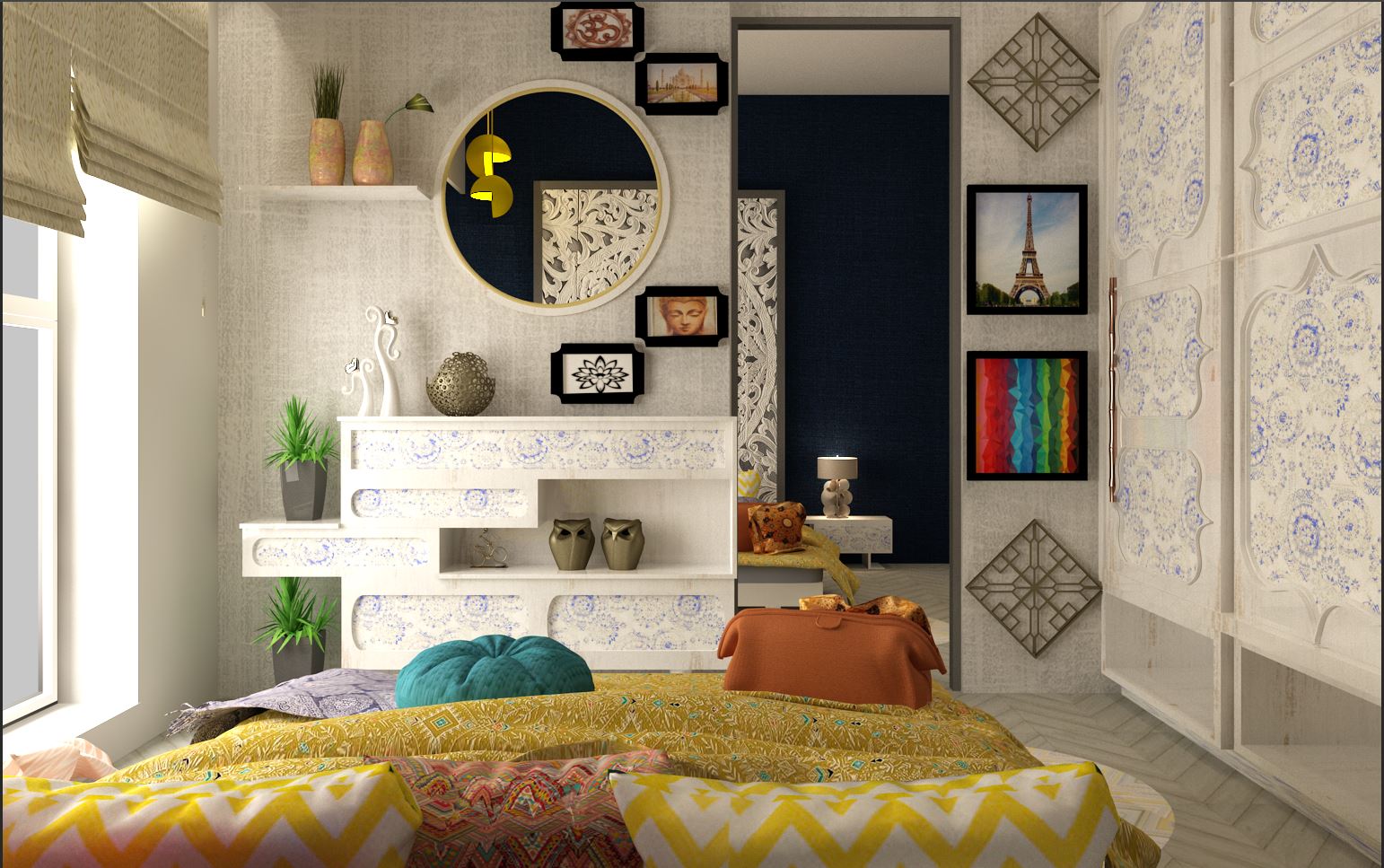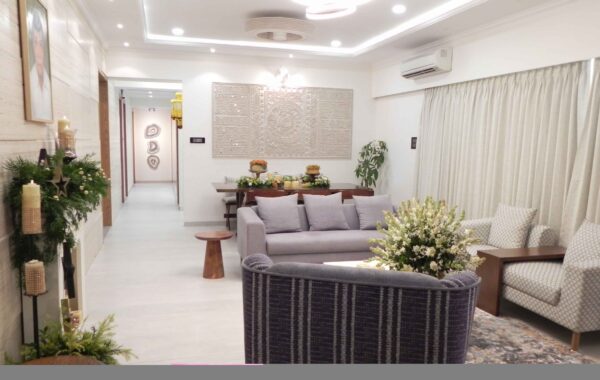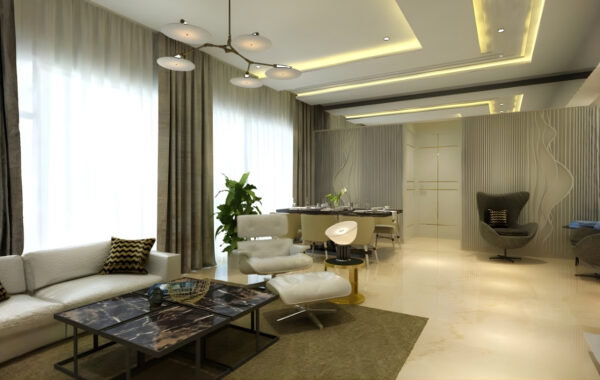What if your home could do more than shelter you—what if it could uplift you, heal you, and literally rewire your brain for joy?
This is the essence of neuroaesthetics, a science-driven approach to design that explores how your surroundings shape how you feel, think, and function. Our homes should act as emotional allies—not just visually pleasing spaces, but tools for personal transformation.
Let’s dive into how you can design your home using neuroaesthetic principles to support lasting happiness, mental clarity, and calm.

🧠 What Is Neuroaesthetics?
Neuroaesthetics is the study of how the brain responds to beauty and sensory stimuli in art, architecture, and design. It looks at how elements like shape, light, texture, and color influence our mood, attention, and emotions.
Beauty, light, color, and texture can boost feel-good chemicals—or raise stress if done poorly. Your space talks to your nervous system all day—why not make it a joyful one?
🎨 1. Color: The Brain’s Emotional Shortcut
Color is often the first thing we notice in a room, and it’s one of the fastest ways to influence your brain’s emotional state.
- Blues and greens create calm and reduce overstimulation. Ideal for bedrooms and bathrooms.
- Yellows and soft oranges promote joy, optimism, and creativity. Great for kitchens, entryways, or hobby spaces.
- Warm neutrals like oatmeal, taupe, and creamy beige support a grounded, serene atmosphere.
- Avoid overstimulating shades (like harsh red or neon) in spaces meant for rest or focus.
Design for emotional intent: every color should reflect how you want to feel in that space.
🌿 2. Biophilia: Nature’s Role in Joy
Our brains are biologically attuned to nature. We evolved in natural environments, not concrete boxes—so bringing nature indoors instantly calms the nervous system.
Ways to introduce biophilia at home:
- Add houseplants, even just a few low-maintenance varieties.
- Use natural materials like wood, stone, wool, and cotton.
- Choose patterns that mimic organic forms—leaves, waves, or clouds.
- Open windows regularly to let in fresh air and natural light.
Even simple touches like a bowl of smooth stones or a wooden tray can make a psychological difference.
💡 3. Lighting: Resetting Your Brain Daily
Lighting isn’t just functional—it’s emotional.
- Natural light boosts serotonin and improves focus. Place work areas and reading nooks near windows when possible.
- Warm-toned lights are ideal for evenings, helping the brain unwind.
- Layer lighting with floor lamps, table lamps, and wall sconces to create ambiance and flexibility.
- Avoid only using overhead lighting, which can feel harsh or clinical.
Design lighting that follows your natural rhythm: bright and energizing by day, soft and soothing by night.
🛋️ 4. Curves and Flow: Design that Feels Safe
Your brain instinctively relaxes in environments with soft lines, open space, and predictable flow.
- Choose rounded furniture or accessories with gentle curves.
- Arrange rooms to allow free movement, not visual clutter.
- Avoid sharp corners and crowded walkways when possible.
🧸 5. Texture: Comfort Through Touch
Touch is deeply emotional. Softness, warmth, and tactile variety help the brain associate a space with safety and comfort.
Add texture intentionally through:
- Velvet, boucle, or cotton cushions and throws
- Woven baskets, wool rugs, and wooden bowls
- Linen curtains or textured wall art
When your hands and skin interact with comforting surfaces, your body feels more at ease—and your brain receives that message too.
✨ 6. Personalization: Design that Reflects You
Joy comes not only from universal design principles, but also from personal resonance.
- Decorate with objects that bring positive memories or aspirations.
- Use colors, symbols, or scents that reflect your identity.
- Display art or photos that make you feel proud, connected, or inspired.
Your space should be a mirror of your best self—not who the world tells you to be, but who you choose to become.
🧩 7. Micro-Spaces: Create Tiny Joy Zones
You don’t need to redesign your whole home. Sometimes, a single space can become your emotional anchor.
Try creating:
- A calm corner with a chair, lamp, and book
- A joy tray with candles, a flower, or a favorite object
- A focus nook with a small desk and inspiration board
These micro-environments give your brain a “safe zone” it can return to throughout the day.
🧠 Final Thought: Design Isn’t Just About Looks—It’s About Feeling
The most powerful spaces don’t have to be expensive—they just need to feel right. Neuroaesthetic design works with your brain’s natural preferences for light, color, flow, and texture to create calm, joy, and balance. It’s more than decorating—it’s emotional architecture. Start small: rearrange a chair, add a plant, light a lamp you love. Little changes can shift your space—and your mind.


